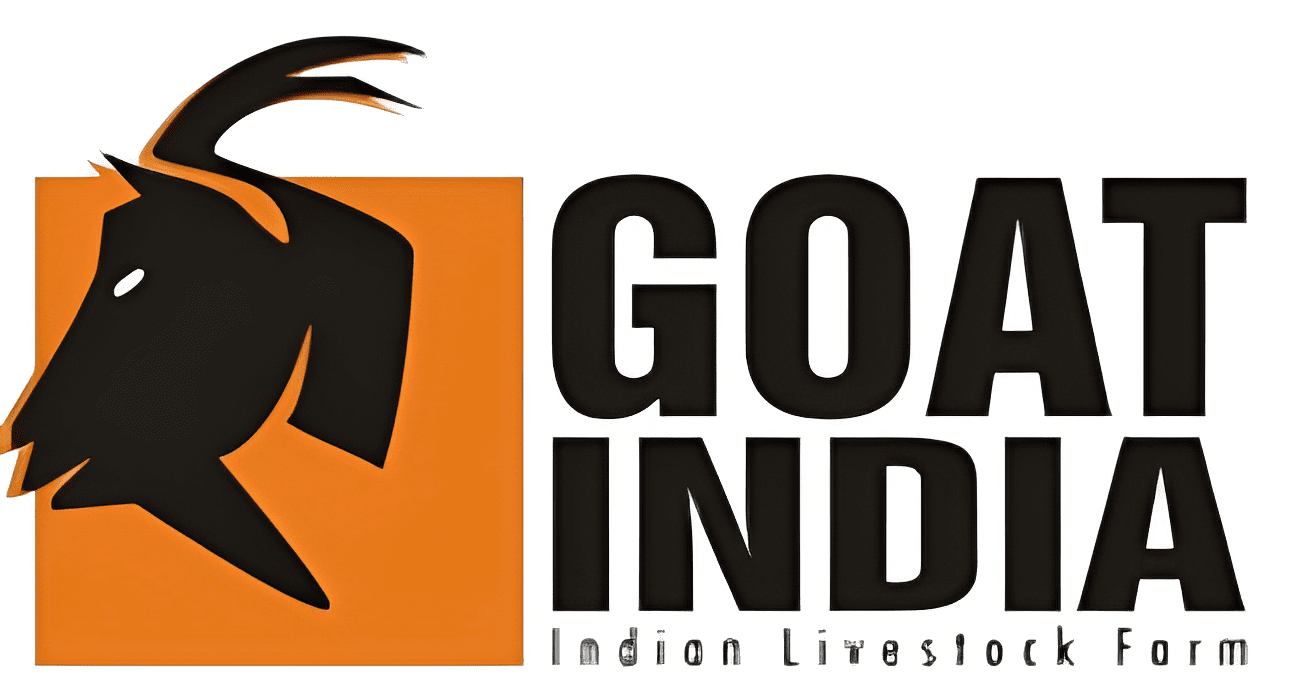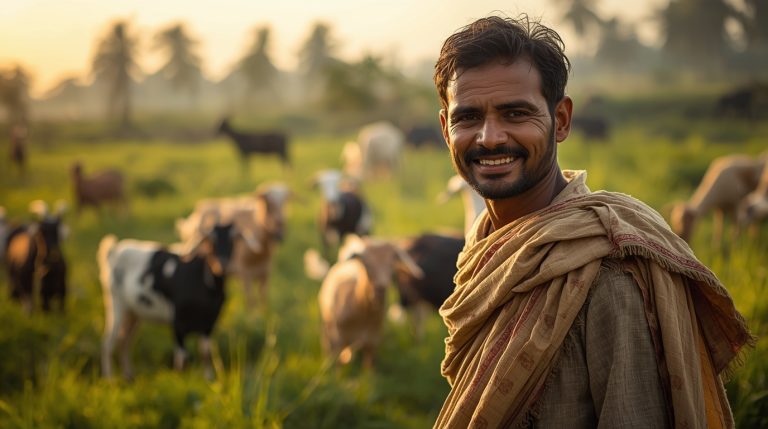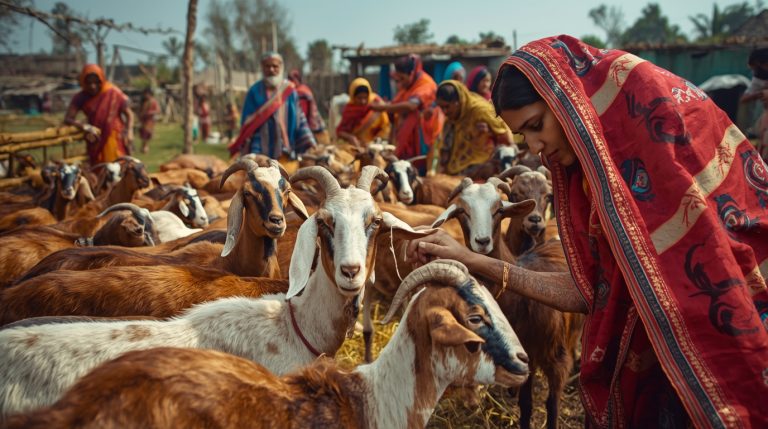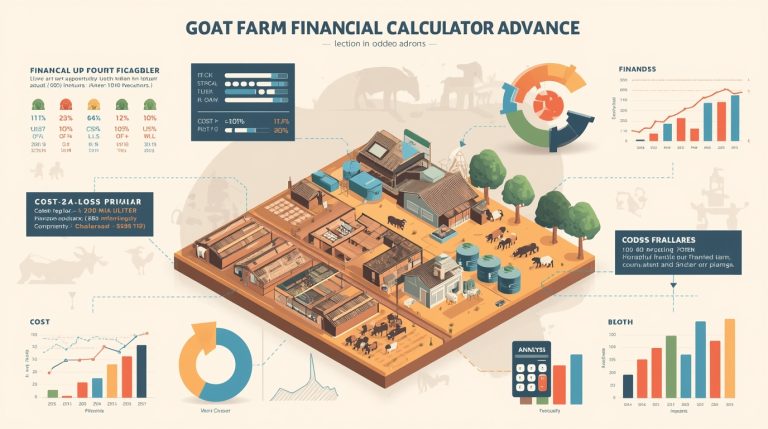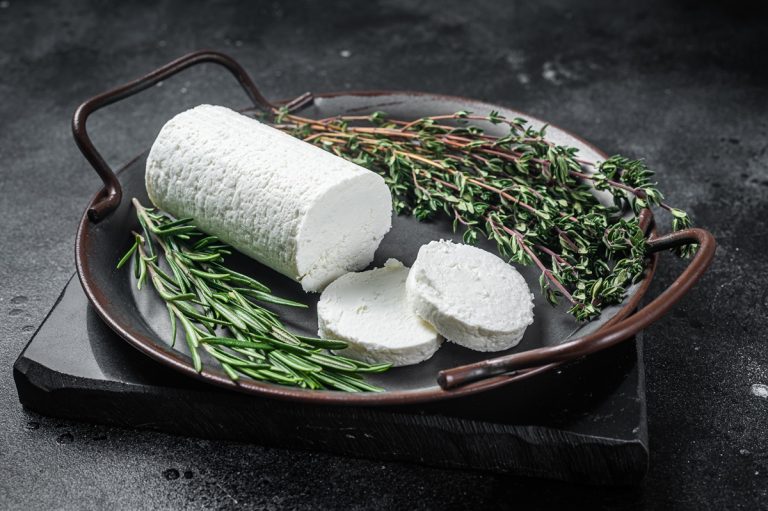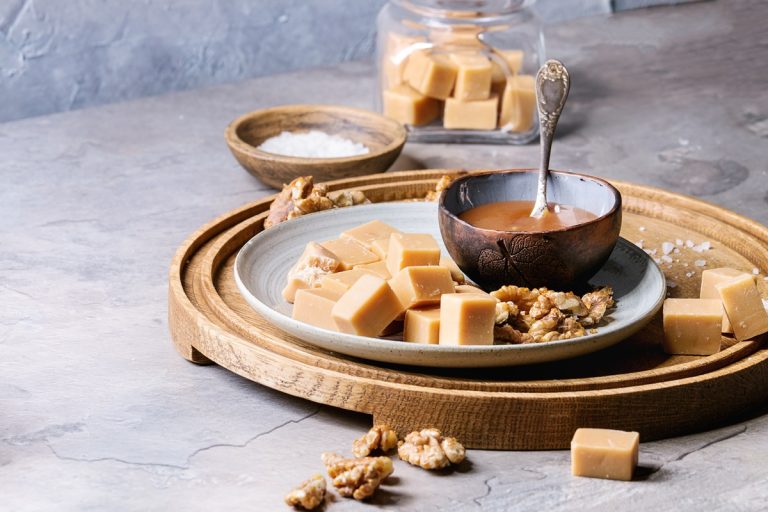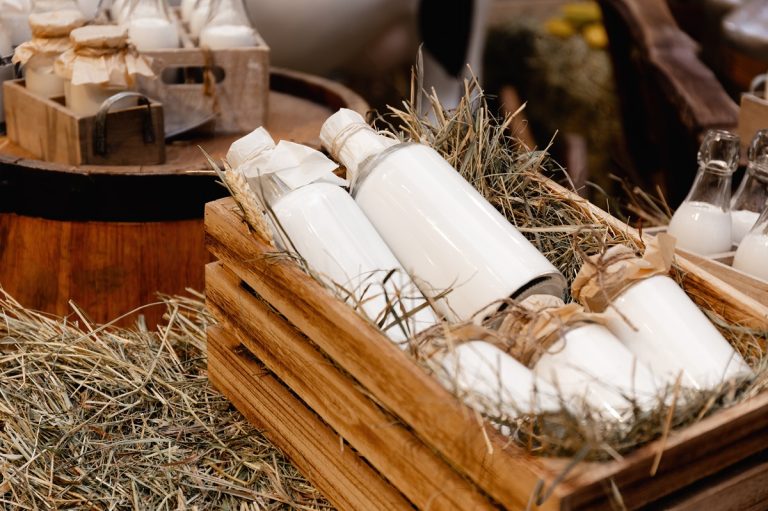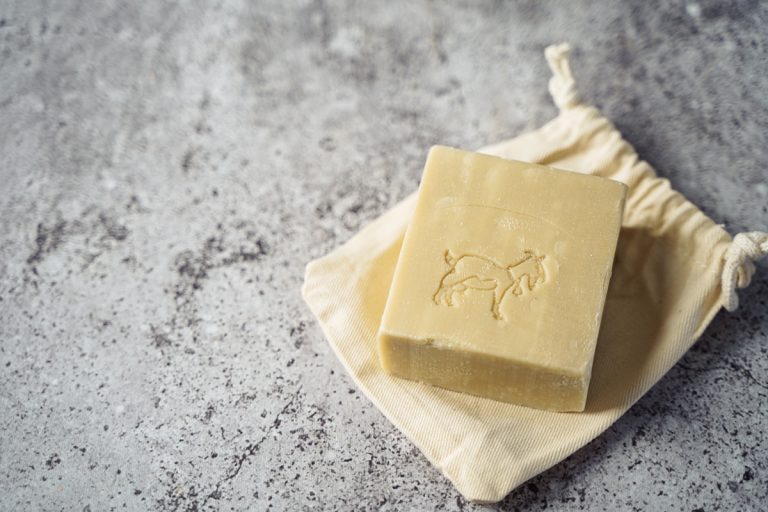Government Schemes & Subsidies for Goat Farming
Complete guide to accessing government financial support, subsidies, and loan schemes for establishing and expanding goat farming enterprises across India in 2025.
Key Government Support Available
- National Livestock Mission (NLM) – 50% capital subsidy up to ₹50 lakh for goat breeding farms
- Animal Husbandry Infrastructure Development Fund (AHIDF) – 3% interest subvention on loans
- State-level schemes offering 40-60% subsidies for small goat units
- NABARD refinancing support through scheduled banks
- Special provisions for SC/ST/Women farmers with higher subsidy rates
- Credit guarantee coverage for MSMEs in livestock sector
Quick Facts: Government Scheme Comparison
| Scheme | Maximum Benefit | Application Portal | Best For |
|---|---|---|---|
| NLM-EDP | ₹50 lakh (50% subsidy) | Udyamimitra Portal | Breeding farms, feed units |
| AHIDF | 3% interest subvention | Banks/NABARD | Processing, cold chain |
| State Schemes | 40-60% subsidy | State AH Departments | Small goat units |
| NABARD | Refinance support | Through banks | All livestock projects |
🏛️ National Livestock Mission (NLM) – Entrepreneurship Development Programme
What’s Covered: Establishment of goat breeding farms, feed/fodder units (silage/TMR/fodder blocks), seed processing units.
Who Can Apply: Individuals, FPOs, SHGs, JLGs, Section 8 companies, cooperatives.
Not Covered: Working capital, personal vehicles, land purchase/lease/rent.
Application: Through NLM portal hosted on Udyamimitra. State implementing agencies handle approvals.
Reference: Press Information Bureau | Animal Husbandry & Dairying Department
🏭 Animal Husbandry Infrastructure Development Fund (AHIDF)
What’s Covered: Meat processing/value-addition units for goat, cold chain infrastructure, animal feed plants.
Loan Terms: Up to 8 years with ~2-year moratorium period. MSME credit guarantee available.
Who Can Apply: Individuals, companies, MSMEs, FPOs, Section 8 companies, cooperatives.
Application: Via AHIDF portal on Udyamimitra or through scheduled banks, NABARD, NCDC, NDDB.
Reference: SBI AHIDF | DAHD Guidelines
🏛️ State-Level Goat Schemes
Common Schemes: Goat Unit Schemes (10+1 goat units), Supply of improved male goats (Jamunapari/Barbari/Sirohi).
Subsidy Pattern: Generally 40% for general category, 60% for SC/ST farmers.
Regional Examples: Maharashtra, Punjab, Rajasthan, Odisha have active goat development programs.
Application: Through state Animal Husbandry departments and district portals.
Reference: myScheme Portal | State AH Department websites
🏦 NABARD Linkage & Refinancing
Role: NABARD refinances many government credit-linked subsidy programmes and supports banks in financing livestock projects.
Process: Subsidy comes from line ministries; banks pass it on to beneficiaries with NABARD refinancing support.
Coverage: All livestock and agriculture-related credit schemes get NABARD backing.
Application: Through empanelled banks that have NABARD refinancing arrangements.
Reference: NABARD Official Website
Scheme Selection
Choose the right scheme based on your project type – breeding farm, processing unit, or small-scale operation.
Documentation
Prepare DPR, KYC documents, caste certificates, entity proofs, and bank details for smooth application.
Online Application
Most schemes now have online portals like Udyamimitra for transparent and efficient processing.
Professional Guidance
Consult with agricultural extension officers and bank officials for scheme-specific guidance and documentation.
⚠️ Important Cautions
Working Capital Not Covered: NLM subsidy cannot be used for working capital, land purchase/lease/rent, or personal vehicles.
Scheme Parameters Change: Always verify current caps, timelines, and eligible activities on official DAHD/NABARD portals before investment.
Bank Guarantee Required: Some NLM components require bank guarantee – check with implementing agencies.
ℹ️ How to Choose the Right Scheme
For Breeding Farms: Use NLM-EDP for 50% capital subsidy up to ₹50 lakh
For Processing Units: Choose AHIDF for 3% interest subvention and credit guarantee
For Small Units: Apply for state schemes offering 40-60% subsidy for standard goat units
For Feed Mills: Both NLM and AHIDF support feed/fodder processing units
✅ Application Success Tips
Prepare Detailed DPR: Include unit size, breed selection, shed design, capex breakdown, and cash flow projections.
State-Specific Research: Check your state Animal Husbandry website for additional local schemes and quotas.
Professional Consultation: Always consult with veterinarians and agricultural extension officers before finalizing your project plan.
Frequently Asked Questions
| Question | Answer |
|---|---|
| What is the maximum subsidy available under NLM for goat farming? | NLM-EDP provides 50% capital subsidy (back-ended) up to ₹50 lakh for establishing goat breeding farms and feed/fodder units. This is the highest central government subsidy available. |
| Can I get subsidy for purchasing land for goat farming? | No, land purchase, lease, or rent is not eligible under NLM subsidy. Only infrastructure development, equipment, and breeding stock are covered. |
| What documents are required for NLM application? | Key documents include: Detailed Project Report (DPR), Aadhaar/PAN, caste certificates (if applicable), entity registration proof, bank account details, and technical approval from competent authority. |
| How does AHIDF interest subvention work? | AHIDF provides 3% interest subvention on eligible loans, typically for up to 8 years with ~2-year moratorium. Banks provide loans up to 90% of project cost with credit guarantee support. |
| Do SC/ST farmers get higher subsidies? | Yes, under state schemes, SC/ST farmers typically get 60% subsidy compared to 40% for general category farmers. NLM also has provisions for higher support to scheduled categories. |
| Can women farmers avail special benefits? | Yes, most schemes have special provisions for women farmers including higher subsidy rates and relaxed eligibility criteria. Many states have dedicated women-only quotas. |
| What is the typical processing time for scheme approval? | Processing time varies: NLM applications take 60-90 days through state implementing agencies, while AHIDF loans through banks may take 45-60 days depending on project complexity. |
| Can I apply for multiple schemes simultaneously? | Generally, you cannot avail multiple central subsidies for the same component. However, you may combine central and state schemes for different project components after consulting with authorities. |
Infographic Placeholder: Government Scheme Application Process Flowchart – Visual guide showing step-by-step process from scheme selection to subsidy disbursement
Ready to Apply for Government Schemes?
Take advantage of substantial government support for your goat farming venture. Start with proper planning and documentation to maximize your chances of approval.
Related Resources
Complete business planning guide with financial projections Bank Loans for Goat Farming
Private bank financing options and eligibility criteria Goat Farm Shed Design
Housing plans and infrastructure requirements Best Goat Breeds for India
Regional breed selection for commercial farming Record Keeping for Goats
Financial and production record management systems Goat Vaccination Schedule
Complete immunization calendar for healthy herds Fodder Management Guide
Feed planning and nutritional requirements Goat Meat Marketing
Market channels and pricing strategies
